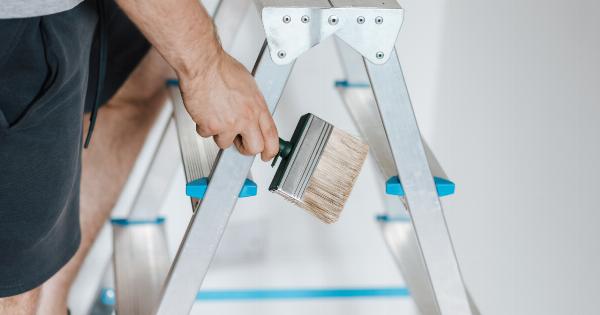Articular cartilage is the tissue that is responsible for cushioning the joints. When it gets damaged, it can lead to a lot of pain and discomfort.
In the past, there were few effective treatments for articular cartilage lesions, and many people were forced to live with the pain. However, new methods have been developed that can help individuals recover from these types of injuries.
What Are Articular Cartilage Lesions?
Articular cartilage is found on the ends of bones in joints and it is responsible for keeping the bones from rubbing against each other.
It is a smooth, slippery material that absorbs the shock and stress placed on joints during everyday movements like walking or running. When that cartilage becomes damaged or injured, it can lead to pain, stiffness, and swelling. This is called an articular cartilage lesion.
The Traditional Method for Recovering from Articular Cartilage Lesions
The traditional method for treating articular cartilage lesions is by using microfracture surgery. During this procedure, a small tool is used to make tiny holes in the bone underneath the damaged cartilage.
This stimulates the body to produce new cartilage. Although this method can be effective, it has several disadvantages.
First, the new cartilage that grows is often fibrous, meaning it is not as strong as the original cartilage. This can lead to the need for additional surgeries down the line.
Second, this method can lead to further deterioration of the joint itself, which can cause more pain and discomfort.
New Methods
Autologous Chondrocyte Implantation (ACI)
Autologous chondrocyte implantation (ACI) is a newer treatment that involves transferring healthy cartilage cells from one part of the body to the damaged area. This method requires two surgeries.
During the first surgery, healthy cartilage cells are harvested from the patient’s own body, and then grown in a lab. Several weeks later, the patient undergoes a second surgery to implant the new cartilage cells into the damaged area.
This method has several advantages over microfracture surgery. Because the new cartilage is grown in a lab, it is stronger and more durable than the fibrous cartilage that is produced with microfracture surgery.
Additionally, because the cells are harvested from the patient’s own body, there is no risk of rejection.
Osteochondral Autograft Transfer System (OATS)
Osteochondral autograft transfer system (OATS) is another newer treatment that involves transferring healthy cartilage and bone from one part of the body to the damaged area. This method is typically used for smaller lesions.
During the procedure, a portion of healthy cartilage and bone is removed from a non-weight-bearing area of the patient’s body and then transplanted to the damaged area.
Because the transplanted cartilage and bone come from the patient’s own body, there is no risk of rejection. This method is often used for younger patients who need a more durable and long-lasting solution.
Allograft Transplant
Allograft transplant is another treatment that involves replacing the damaged cartilage with cartilage from a donor. During the procedure, the damaged cartilage is removed and replaced with cadaveric cartilage.
This method is often used for larger lesions or when the patient has already undergone several surgeries.
The main advantage of allograft transplant is that it is a one-surgery procedure that requires less time to complete.
Additionally, because the donor cartilage is taken from a young, healthy donor, it is often stronger and more durable than other forms of cartilage.
Stem Cell Therapy
Stem cell therapy is a newer treatment that involves using stem cells to produce new cartilage. During this procedure, stem cells are taken from the patient’s own body and then transplanted into the damaged area.
Once the stem cells are in place, they begin to differentiate into cartilage cells, producing new cartilage.
This method has several advantages over other forms of cartilage repair. First, because the stem cells are taken from the patient’s own body, there is no risk of rejection. Second, the new cartilage that is produced is strong and durable.
Additionally, because the stem cells continue to divide and differentiate, they can produce new cartilage for an extended period of time.
Conclusion
Articular cartilage lesions can be very painful and debilitating. Fortunately, new methods have been developed that can help individuals recover from these types of injuries.
Whether you choose microfracture surgery, ACI, OATS, allograft transplant, or stem cell therapy, there are effective treatments available. Talk to your doctor to determine which option may be right for you.



























